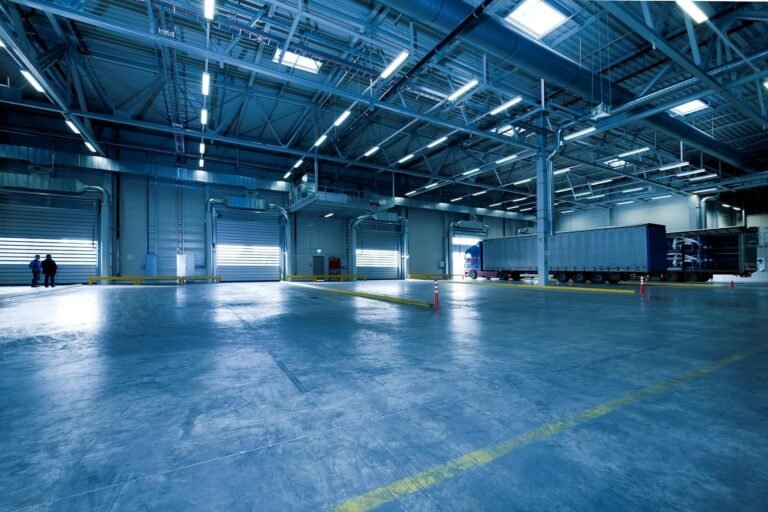Are your delivery vehicles sticking too often in the traffic jam? The problem lies in an outdated global positioning system. Your current GPS is not able to predict traffic congestion or provide live updates. According to the UK Logistics Report of 2023, more than 60% of vehicles in the UK are still using conventional GPS, which is costing them over £1.2B annually in losses. If you are facing the exact problem, this guide is everything you need. Let’s find out why old GPS systems are not good and what are their alternatives:
The Problem with Traditional GPS System
Enlisted below are some common issues with the old GPS navigation:
Its Accuracy is Restricted
The old GPS has restricted accuracy. If you are using a traditional system, the location of your fleet on the map is accurate up to 20 – 30 meters. This means the car could be anywhere in a radius of twenty to thirty meters. With an inaccurate location determination, your driver can struggle to find the position of the delivery house, leading to delays.
The System Encounters Signal Reception Problem
Old GPS systems need to receive signals, ideally from 7 – 8 satellites, to determine an accurate location. In case of obstruction due to tall buildings or bad weather, your fleet may not be able to determine the exact location. Traveling in an underground tunnel can also cause a drop in the signals – a common problem with worn-out systems.
The Model has an Old Technology
Modern fleets have become fast, and they require tech that can help them keep up with the demanding pace of the work environment. They demand technology such as live tracking, geo-fencing, and live traffic updates. With the old GPS, you won’t be getting these perks, leading to limited functionality.
The Old GPS Will Cost You a Fortune
Outdated GPS will make your deliveries slow and will produce a negative impact on your customers. And if a customer needs something urgently, he will probably not like to interact with you. In the end, low customer turnover will lead to the loss of revenue. Further, an old system won’t be very good at predicting traffic, and your fleet may get stuck in a traffic jam, which can increase expenses by up to 20%.
Features of Modern Fleet Tracking
You must be wondering what modern fleet tracking solutions do differently. Here are the perks of an updated fleet:
- Real-time Tracking: The updated Global Positioning System allows companies to track their fleet vehicles in real-time. The best part is that you can incorporate this tech in your already existing vehicles, making them provide you with an accurate ETA.
- Record Keeping: Modern GPS allows you to keep a record. This feature is beneficial to improve driver behavior as well as fuel efficiency. The data will be saved on the server, and you will get live updates based on your previous experience.
- Geofencing: Geofencing is part of the modern fleet system. It allows you to mark specific areas on the map. If your vehicle enters this area, you will get instant notifications. This trait is helpful if you want your fleet to not go in any area or if you don’t want it to leave your marked site.
- Predictive Analysis: Advanced models give you an estimated time of arrival by factoring in weather, live traffic, and driver behavior. In this way, you can provide your customers with an ETA with 99% accuracy, improving their experience with your brand.
- Driver Behavior Monitoring: This feature takes stock of the driver’s overall driving, including braking, cornering, speeding, and acceleration. You can utilize this data to determine the hours of service (HOS) to avoid overwork or overfatigue.
Bottom Line
Finally, if your logistics are struggling to make it on time, this means you are using an old GPS. Advanced models are way better, as they can determine the location with an accuracy of 5 meters. Further, they are equipped with features like predictive analysis that will help your drivers get out of congested areas. Further, they also provide your customer with an ETA with 99% accuracy.
Read More: click here
